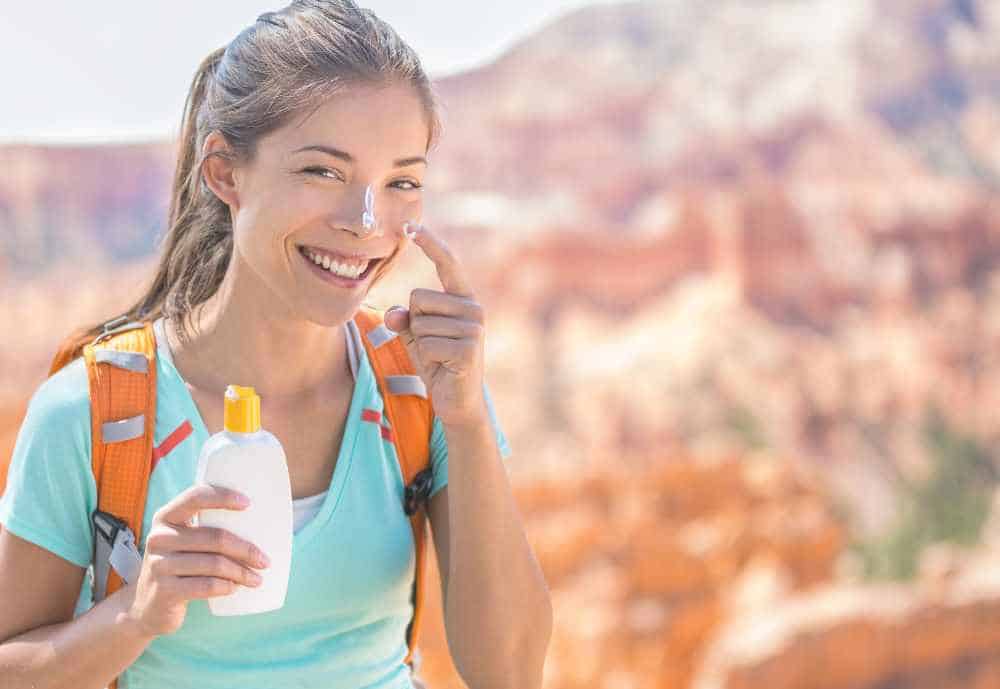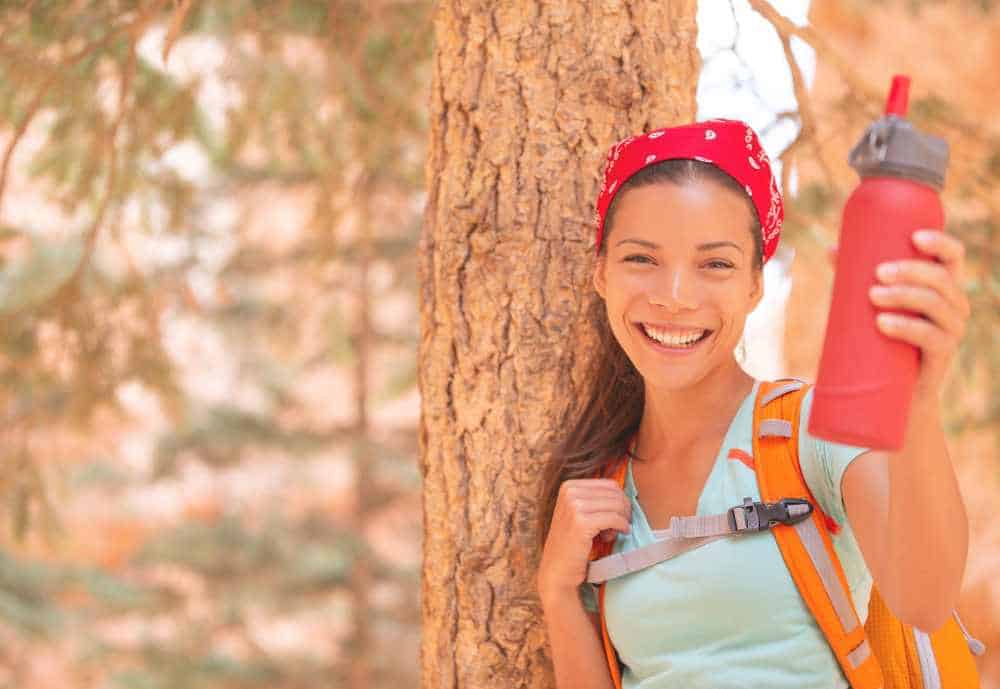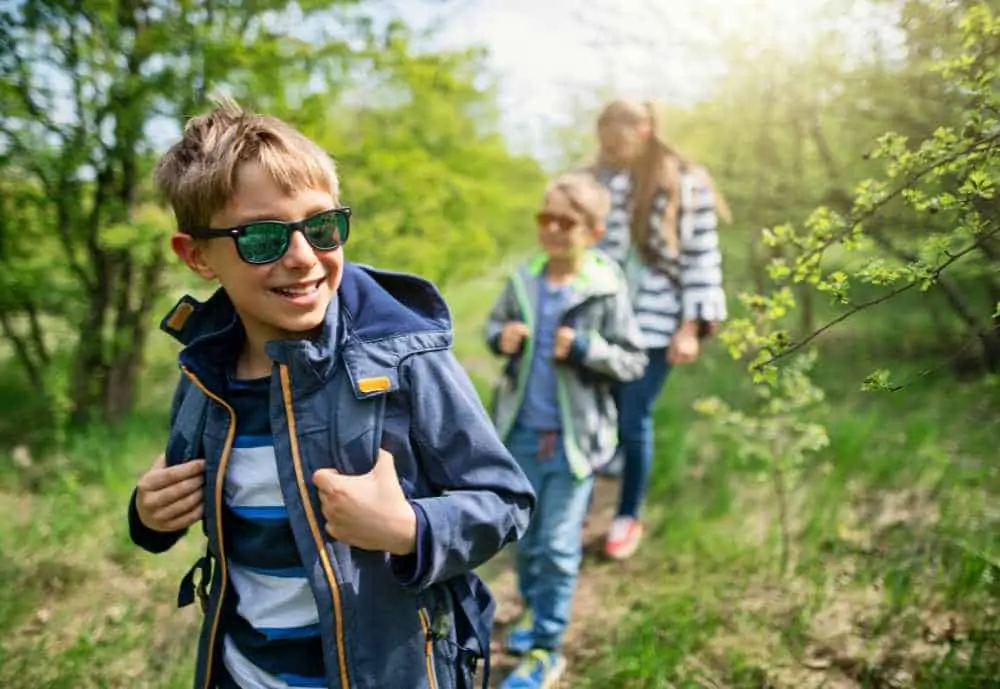
Immersing yourself in the great outdoors with an invigorating hike yields a plethora of benefits, including boosting your mood, improving your sleep, lowering your blood pressure, and reducing your risk of heart disease.
In the US, we are spoiled for choice when it comes to national parks. The semitropical Hunting Island State Park, for one, is an ideal getaway to relax on the beach or explore miles of hiking trails.
However, hiking also carries some real risks. Even for short, hour-long hikes, dehydration can set in faster than you realize, especially on hot days.
Meanwhile, the sun poses a constant threat, exposing you to ultraviolet (UV) rays that can cause eye damage, sunburn, premature aging, and increased skin cancer risk. Below is a closer look at why UV protection and hydration are non-negotiable for hikers, as well as tips on how to prioritize these essentials for future hikes.
Why hikers need to prioritize UV protection and hydration
In the case of a group of hikers exploring the Organ Mountains in New Mexico last August 2023, local news sources shared that heat exhaustion and dehydration resulted in symptoms such as severe cramps and extreme fatigue that required the help of multiple rescue teams.
Later that month, a Texas man went through a similar ordeal that led to his death. An NBS News article chronicles that he likely became disoriented from a combination of heat, dehydration, and high altitude while hiking in the Arches National Park in Utah.
ABC News reports that heat illness is the number one weather-related killer in the world, with more than 600 people dying from heat-related illness every year in the US, according to the Centers for Disease Control and Prevention.
Public affairs specialist for the National Park Service, Cynthia Hernandez, urges visitors and hikers alike to research typical climates of parks and trails so that they can adequately prepare for the elements.
Moreover, experts recommend avoiding strenuous hikes during the hottest parts of the day, between 10 am and 3 pm, and when temperatures are above 85 degrees.
Hiking essentials for UV protection and hydration
Water bottle
The National Park Service advises drinking about half a liter to one liter of water per hour while active outdoors, though this may vary depending on hike mileage, weather, and personal hydration needs. In case of emergencies, you should bring a little more water than you expect to consume.

Veteran hikers also suggest pre-hydrating prior to your hike, which allows time for your body to take up and retain the water it needs. For short hikes, a reusable water bottle like the lightweight 32oz Wide Mouth Sustain Water Bottle by Nalgene is adequate.
But longer hikes will require greater fluid intake using water packs like the 3-liter HydraPak HydraSleeve Reservoir. Most importantly, do not wait to feel thirsty before rehydrating. Instead, take constant sips to ensure proper hydration.
Sunglasses
Chronic prolonged exposure to UV rays can lead to various eye conditions, such as cataracts and macular degeneration. Sunglasses that block UV rays reduce the risk of long-term damage.

They also shield your eyes from bright light, improving visibility, which is crucial for navigating challenging terrain safely. Wraparound styles are ideal for hikers, as they offer all-around protection from the sun and debris. On Eyebuydirect, you’ll find UV-blocking sunglasses like the Running frames and Oakley Gascans, both of which are perfect for active lifestyles.
Additionally, the Running sunglasses are equipped with an anti-scratch lens coating for durability and can be customized with your prescription as well as polarized coatings for enhanced contrast.
Sunscreen
As we mentioned earlier, hiking under the sun can result in sunburn and heighten your risk of skin cancer. On top of this, sunburn affects your body’s ability to cool itself and can worsen symptoms of dehydration.
To help prevent these issues and stay comfortable on your hikes, make sure you apply enough sunscreen. Dermatologists stress that sunscreen is vital even during colder weather since snow can still reflect the sun’s rays.
For this, the American Academy of Dermatology recommends applying a broad-spectrum, water-resistant sunscreen with an SPF of 30 or higher, such as the Sun Bum SPF 50 Sunscreen Lotion, to all skin not covered by clothing, reapplied every two hours or after sweating.
Armed with these UV protection and hydration tips, all hikers can ensure an enjoyable time breathing in fresh air and soaking in stunning views without worrying about their health and safety.

